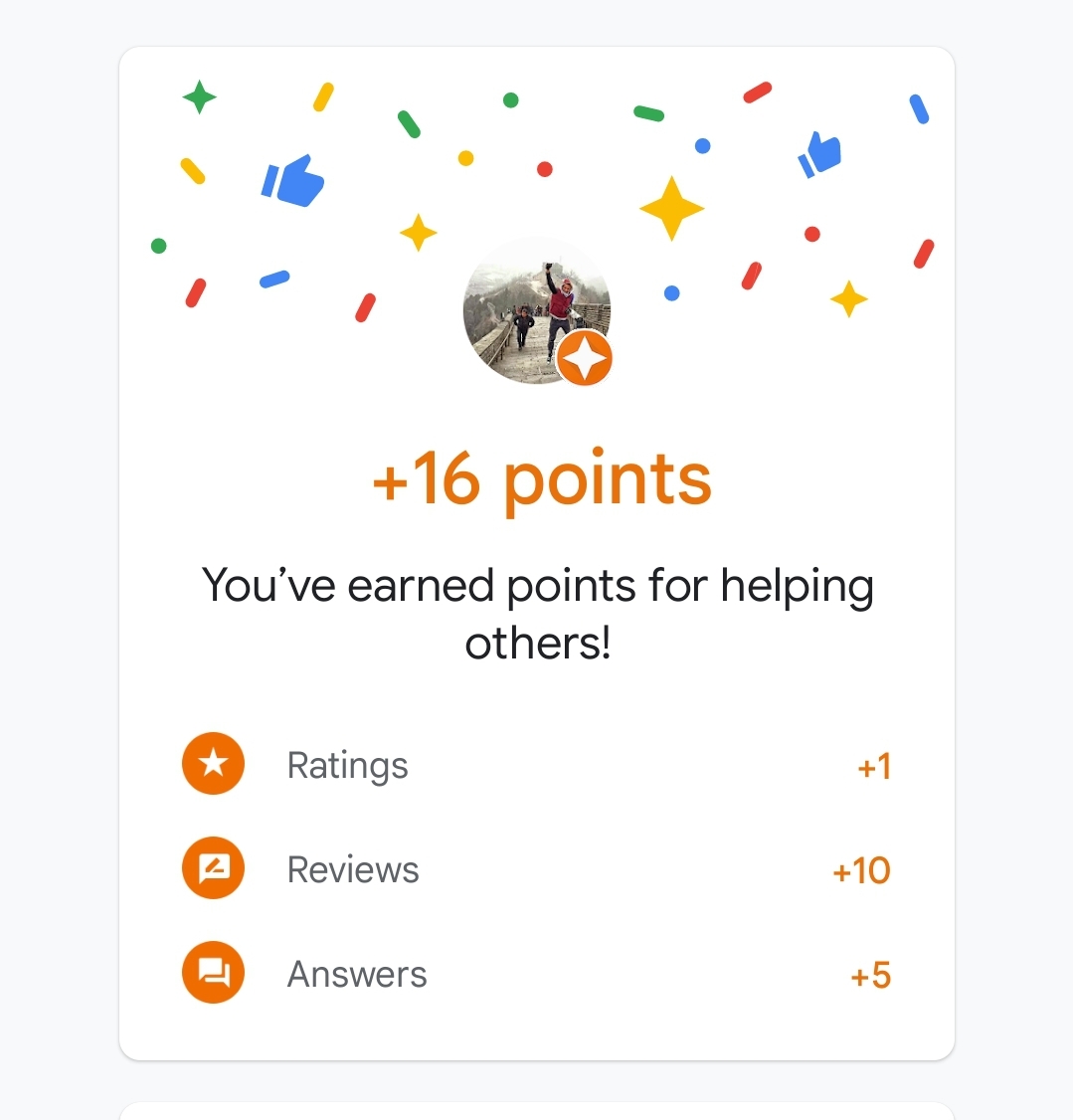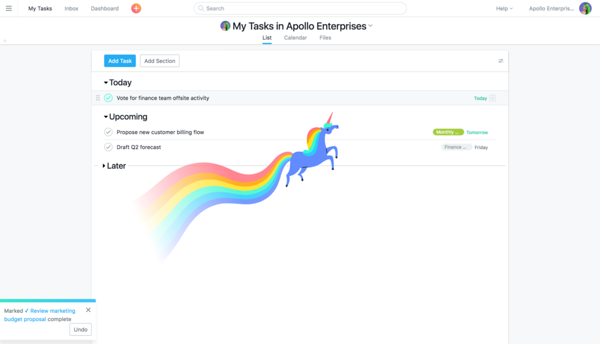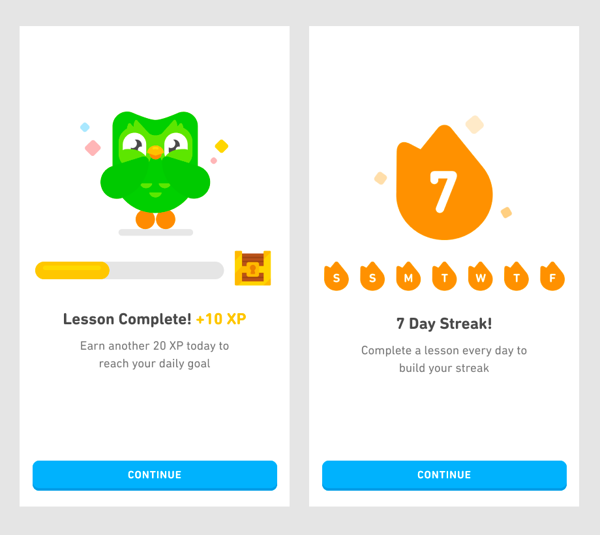October 19, 2022
Gamification and UX: using gaming principles to enhance User Experience
The combination of gamification and UX is becoming more and more prominent. Even though video games may have had a bad press, due to possible links to addiction, confusion with reality and social isolation, it must be admitted that the craze that they generate deserves to be learned from. The engagement and loyalty video games generate among users is enough to make any marketing professional drool. What should be borrowed from the world of gamers to apply it to sectors deemed more austere, without crossing the line of excess? Let's explore the benefits and practicalities of gamifying a customer journey.
Why do games make everything more attractive?
Curiosity in children is widely regarded as the engine of intelligence. Moreover, it is admitted that there is no better way to learn and thus, to satisfy this appetite for new knowledge, than through play and the pleasure it brings. But is this the case for adults? The answer is a resounding "yes".The emotional state of the participant is conducive to the integration of information. Our human brain is made in such a way that it is the emotions that aggravates the absorption (or the contrary) of information. To capture our attention, nothing beats the art of playing with the palette of our different emotions: joy, anger, fear, sadness, surprise, disgust.
This constitutes the essential ingredients to all the variations recipes used to captivate us, such as:
- novels
- movies
- TV series
- ads
- newspapers
- social media
- and games!
Moreover, projecting us into a fictional universe allows us to forget reality and thus, the straitjacket in which it locks us.
Free yourself from the real world and its limits
According to the American psychiatrist Lenore Terr, children play to discover and structure themselves, while adults play to forget and surpass themselves. Freed from social pressure and conventions, the play space allows adults to let their imagination and desires run free. In other words, they can finally reveal their personality, the "inner child" and deepest aspirations. The game becomes, in a way, a place of renewal and resourcing that encourages the emergence of buried needs.
In this universe, one feels free to express and access one's desires, which contributes to a better psychological coherence. Vital for mental health, playing helps to fight against the mechanization of thought and the drying up of emotions, and finally - ageing.
Thus, the fundamental psychological element of playful activity associated with pleasure in adults is that it promotes forgetting your actual representation in society and revealing your identity and creativity. But what is more engaging than the creative process? This is where gamification undeniably strengthens the user experience.
What are the challenges of gamification in UX?
Gamification and UX have become virtually inseparable. Indeed, who wants to spend time in a cold and serious virtual space answering online questionnaires, filling in information fields to create a user profile or clicking on multiple steps before being able to validate an order? Maintaining a good level of engagement from a digital service user without some immediate personal gratification seems to be a waste of time today.
In this case, the user's attention is easily diverted and their memory fails to remind them that they have not validated the shopping cart or finished registering an account on a website or mobile application... and that's how you lose a prospect.
In this respect, improving a customer journey by using gamification is almost indispensable to ensure that the customer follows through on the process. Promising him that he will receive his dream item in 3 weeks is not enough to keep him in suspense. To avoid drop out, there is nothing like activating your immediate reward circuits, especially by borrowing certain processes from the world of online games.
How to gamify your user experience?
Maybe you've noticed, but all web players are getting into gamification. Badges, challenges, progress gauges, access to a special status like "super member" or "expert contributor"... all these means are meant to encourage users to stay on the platform.
The playful springs are there to help the user not to be discouraged by difficulties such as participation time, download slowdowns, display bugs, etc. The levers to maintain motivation to overcome the hazards are grouped into 5 categories.
1. Curiosity
To excite the curiosity of the users, it is necessary to know how to vary the pleasures. Thus, bringing novelty in the visuals, breaking the expected patterns of repeated sequences and introducing incongruous elements contribute to renewing the user's attention.
Lidl's loyalty program offers virtual scratch cards
2. Immersion
What story could be more compelling than the one in which you are the hero? Placing the user at the center of the narrative and offering them choices that determine the outcome of events certainly makes them more involved in their actions, knowing that they will have to face the consequences.
Sports activity badges on the Garmin Connect app
3. Chance
The totally arbitrary components of a game make it incredibly interesting. Not only does this randomness have its surprises, but it also puts all participants on an equal footing. It's so much more motivating to know that anyone can have a chance than to leave with a handicap or to feel that the dice are thrown in advance..
Google Maps rewards contributors who take the time to share their reviews or photos of places they've visited (restaurants, tourist spots, etc.)
4. Unpredictability
Being alert at all times, knowing that anything can happen, anywhere, at any time, is the ultimate goal for concentration. We forget about time and space, which reinforces the impression of having a good time.
When completing a task in Asana, a unicorn appears on the screen
5. Achievement
To be worthwhile, each action must be part of a greater goal. Making sure to remind a user that what they are doing is one step in a larger project helps them visualize their goal, so that their efforts count and don't feel futile. In addition, the cognitive bias of coherence will push them to go through with what they has undertaken.
Duolingo encourages its users to continue their efforts in learning foreign languages
Gamification and UX go hand in hand, as UX Research proves every day. Whatever your field, there are always ways to create a playful interaction with your users, without becoming infantilized. To improve the user experience, you have to provide a non-guilty pleasure, while respecting the user's limits.
The challenge is to build loyalty without making them "addicted". By adding a playful aspect to your customer journey, you capitalize on this natural human tendency to satisfy curiosity and therefore, to evolve. And if we're going to think bigger and better, we might as well aspire to the fact that play helps make the world a better place, as Jane McGonigal, the famous American game designer believes.
Need concrete ways to gamify all or part of your digital service?
Contact us in order to evaluate your needs precisely and find the best solutions to enhance your customer journey!
All articles from the category: UX Gamification | RSS





